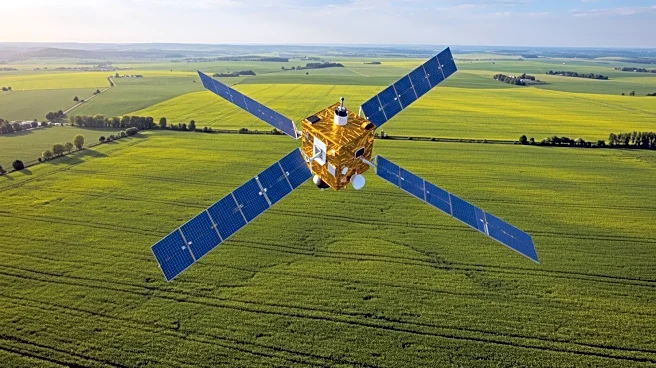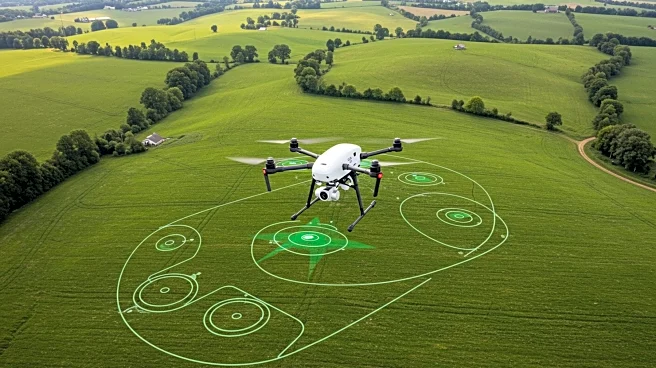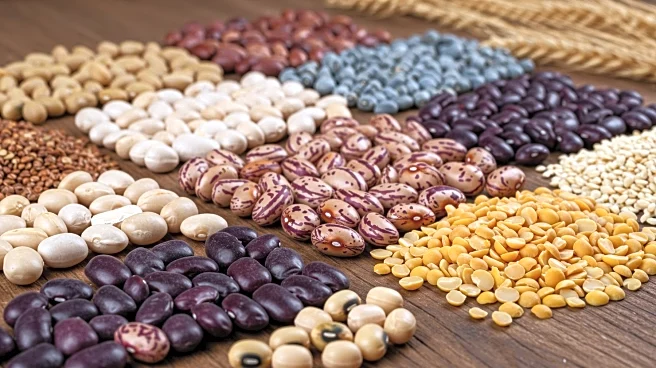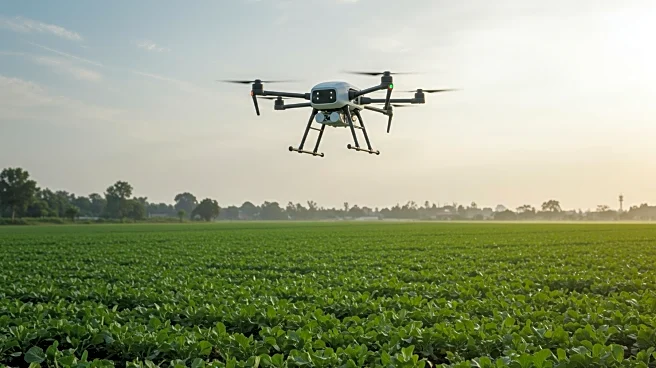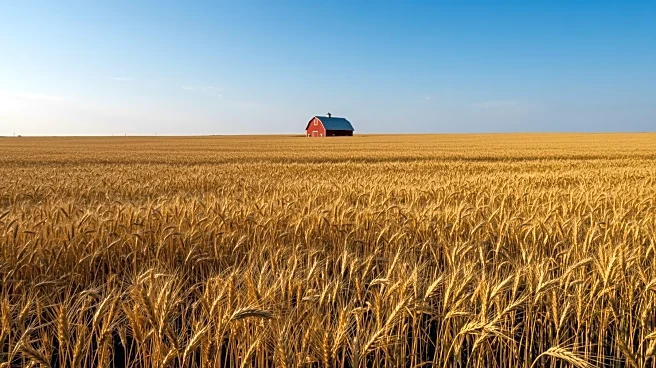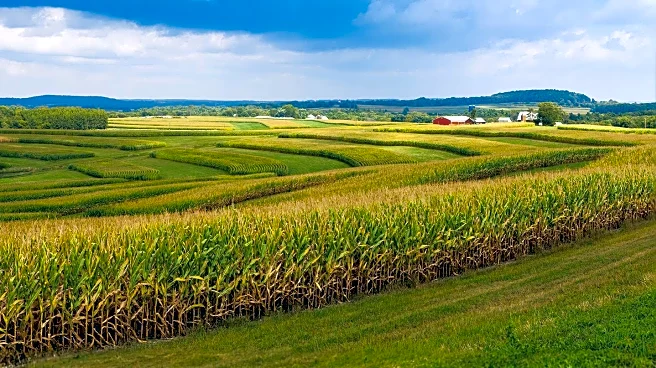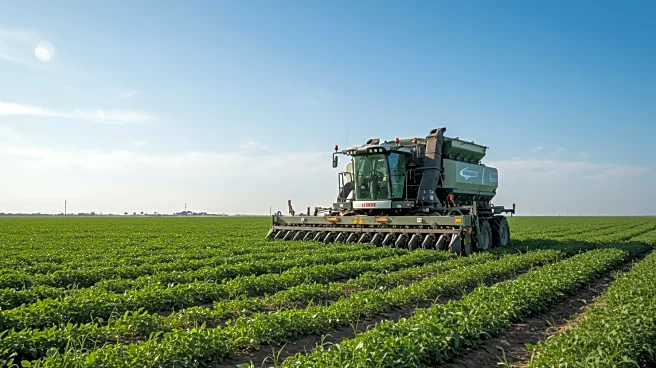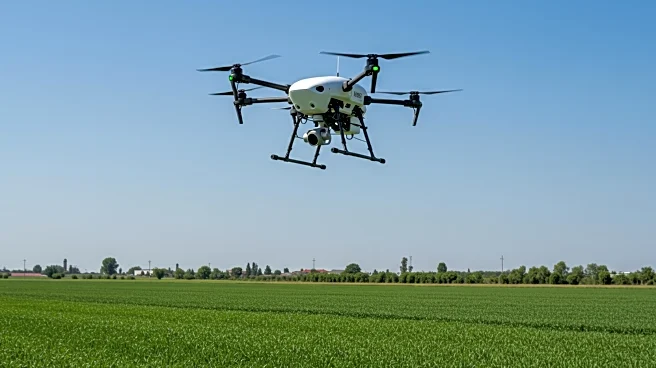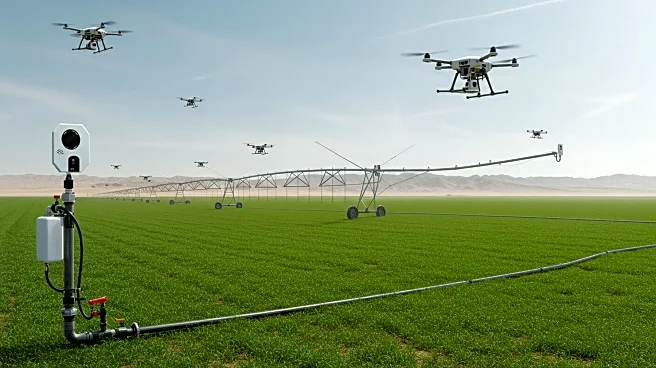What's Happening?
Hansanee Fernando, a graduate student at the University of Saskatchewan, is employing satellite imagery to assist canola producers in monitoring and optimizing their crop growth. By using radar images alongside optical satellite imaging, Fernando aims to provide farmers with detailed insights into key growth stages and yield estimates. This innovative approach allows for comprehensive data collection, even under adverse weather conditions, which optical imaging alone cannot achieve. Fernando's research is part of the Agronomic Crop Imaging team at USask, which uses precision agriculture techniques to address complex agricultural challenges.
Why It's Important?
Fernando's work has the potential to significantly impact the agricultural industry by enabling farmers to make informed decisions that could enhance crop management and reduce costs. The data collected can also benefit municipalities and crop insurance companies, aiding in the processing of claims following adverse weather events. This research underscores the importance of technological advancements in agriculture, offering a promising tool for improving crop yields and sustainability. The integration of radar imaging in agriculture represents a novel approach that could revolutionize crop monitoring practices.
What's Next?
Fernando plans to develop an app that will allow farmers to access detailed information about their fields, such as flowering dates and yield estimates. This tool could empower farmers with real-time data, enhancing their ability to manage crops effectively. The continued exploration of remote sensing in agriculture by Fernando and her team may lead to further innovations in crop monitoring and management, potentially influencing agricultural practices on a broader scale.
Beyond the Headlines
The use of satellite imagery in agriculture not only provides practical benefits but also raises questions about data privacy and the ethical use of technology in farming. As these technologies become more prevalent, stakeholders must consider the implications of data collection and sharing, ensuring that farmers retain control over their information. Additionally, the integration of advanced imaging techniques highlights the growing intersection between technology and traditional farming practices, suggesting a shift towards more data-driven agricultural methods.
